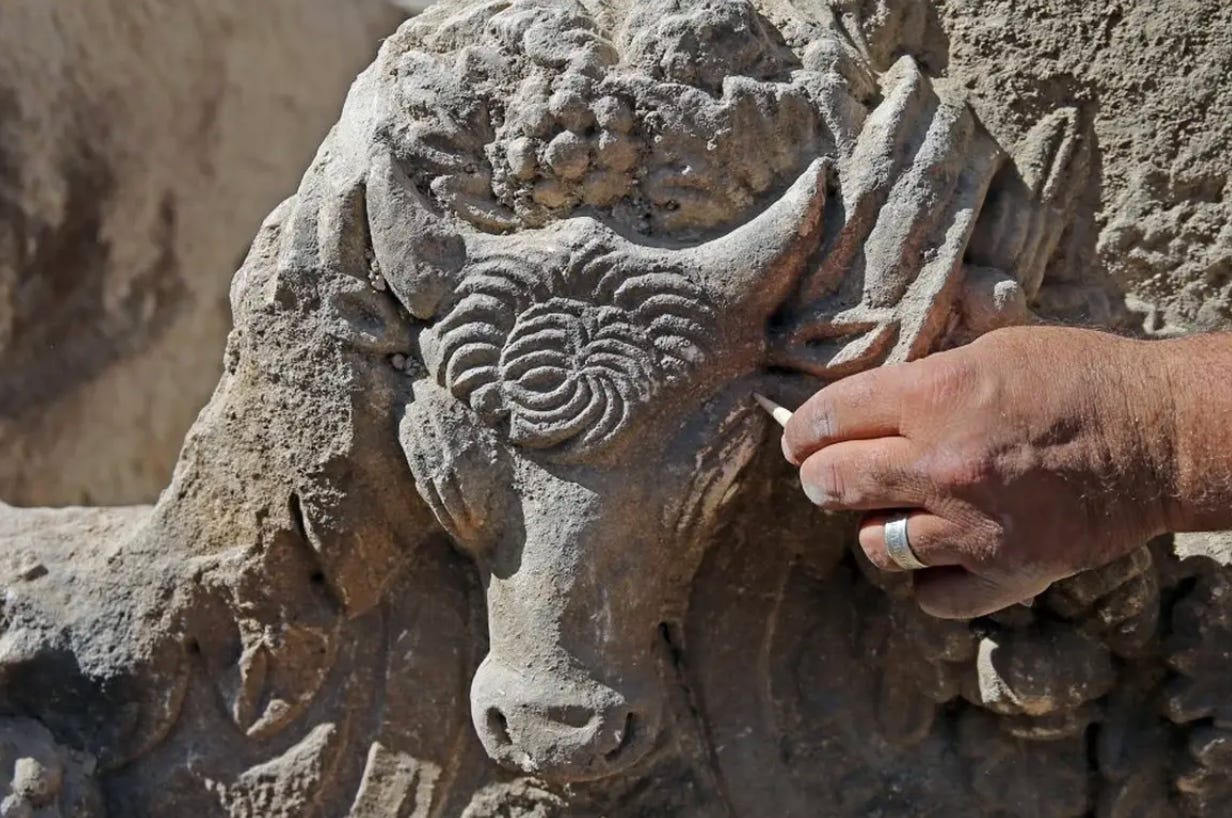Archaeologists discover ornately decorated sarcophagus in the “City of Gladiators”
Latest News
Reported by Heritage Daily:
Excavations in Stratonikeia, located in the Yatağan district of Muğla in southwestern Türkiye, have unearthed a 2,000-year-old sarcophagus from the Roman Imperial Age.
According to historians such as Strabo, Stratonikeia was founded by the Seleucid King Antiochus I Soter (281–261 BC), who named the city in honour of his wife, Queen Stratonike.
Under Roman rule, the city flourished as a major cultural and political centre, renowned across the Roman world for its grand public buildings, including the agora, gymnasium, temples, and theatres.
The city also gained fame as a centre where gladiators trained, competed, and eventually retired. Numerous inscriptions and reliefs even commemorate their gladiatorial achievements in the arena, earning Stratonikeia the nickname “City of Gladiators.”
In recent excavations led by Professor Bilal Söğüt from Pamukkale University, archaeologists have unearthed an ornately decorated sarcophagus where the Agora was located – the heart of urban life (similar to the Roman forum).
In a press statement issued by the Stratonikeia and Lagina Excavation Team, the sarcophagus features elaborately decorated garlands and has depictions of ram heads in the four corners, bull heads along the narrow sides, and figures of Eros – the god of love, desire, and passion.
According to the archaeologists, the sarcophagus dates from the Roman Imperial Age and was likely carved locally in Stratonikeia.
Read more here.



